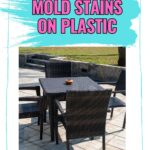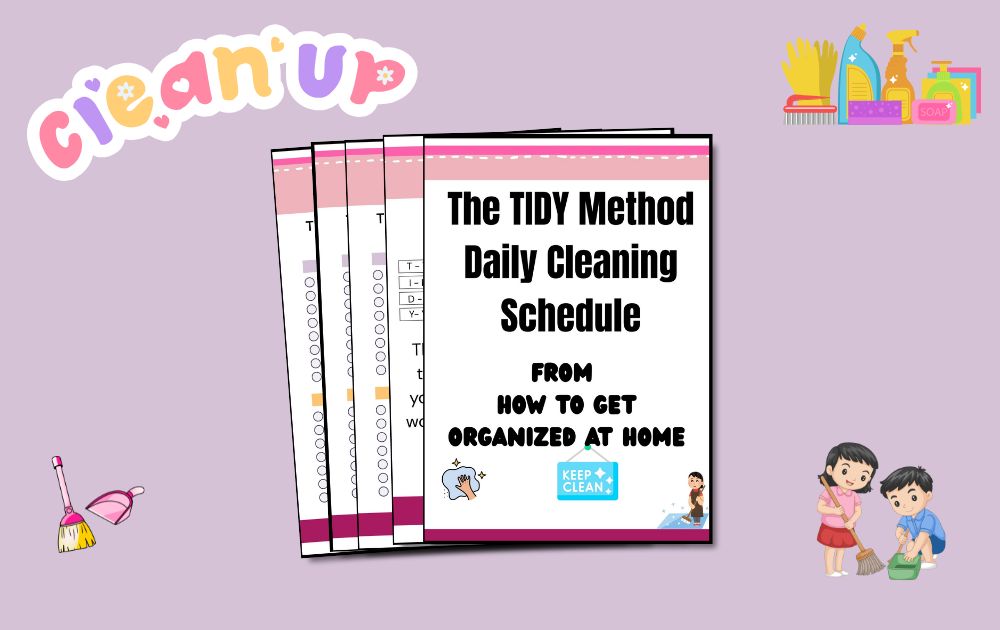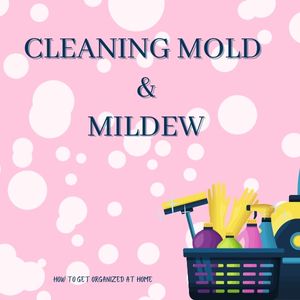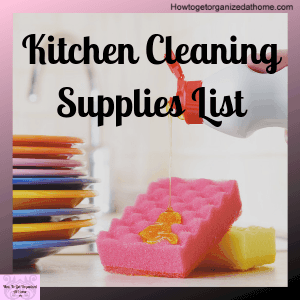How To Remove Mold Stains From Plastic
You have mold stains on plastic and you want to remove them? It’s not a pretty thing to look at and I understand why you need to remove the mold stain before continuing to use the product.
With so many different molds that can grow on different surfaces, these mold removal tips will help you no matter what mold you have growing.
Mold happens, and it’s OK. You are not doing something wrong; you’ve got this!
Affiliate links are included for your convenience. (This means if you purchase after clicking a link I will earn a small commission which won’t cost you a penny more!) Click here to read my full disclosure and privacy policy.
How Do You Remove Mold Stains From Plastic
You have to make sure the product is worth saving as you will need to put in some work depending on the type of plastic you are removing mold from.
If it’s from a large object, not only are you going to kill the mold, but the likelihood of then removing the mold staining is the second stage.
I use tea tree oil or hydrogen peroxide to kill mold on anything, these two products are the only things I trust to kill the mold completely.
However, sometimes there is staining left behind and that’s a different part of the process.
What Products Can You Use To Remove Mold From Plastic?
I have two products that are my go-to for mold:
I know these two products will kill the mold right to the very tip of the roots. However, sometimes they can’t always remove the staining from the mold.
Bleach will remove the color left behind from the mold.
Can Mold Stains Be Removed From Plastic?
Yes, mold stains can be removed from plastic, what you want to make sure of is to remove the mold too.
Mold is a living organism and it has roots that spread out, it produces spores to reproduce. Getting rid of the staining of mold isn’t a hard task, making sure you have killed the mold and it’s not going to just regrow is another matter entirely.
- USDA Certified Organic Tea Tree Oil - 100% Natural, Steam distilled, 100 Percent pure, undiluted oil with no additives or fillers. Highly potent unfiltered. Packaged in the USA
Prices pulled from the Amazon Product Advertising API on:
Product prices and availability are accurate as of the date/time indicated and are subject to change. Any price and availability information displayed on [relevant Amazon Site(s), as applicable] at the time of purchase will apply to the purchase of this product.
Simply soaking the plastic in a bleach solution will remove the mold staining, but bleach doesn’t always kill the mold.
So, it’s important to kill the mold and then consider if there is any staining that needs removing afterward.
What Causes Mold To Grow On Plastic
Mold spores are in the air and they are looking for the ideal environment to set up a new colony of mold.
They like damp warm areas, this is the perfect breeding ground for mold.
So, if the plastic is damp and warm, it has the best environment for the mold and if a spore happens to land there it will thrive.
Is Mold Dangerous On Plastic?
All mold is dangerous and we should go out of our way not to expose ourselves to mold if we can avoid it.
Mold exposure is bad for our health and keeping it to the minimum is optimal for a healthy living environment.
If you see mold, you want to make sure that you are either disposing of the plastic or taking appropriate action to get rid of the mold before it becomes worse.
Should You Throw Away Plastic With Mold?
For me, it would depend on what the item was that was moldy. If it was a plastic straw it would go straight in the trash. But, if it was worth the time to safely clean the item I would keep it.
- First aid antiseptic (32 fluid ounces); helps prevent the risk of infection from minor cuts, scrapes, and burns
Prices pulled from the Amazon Product Advertising API on:
Product prices and availability are accurate as of the date/time indicated and are subject to change. Any price and availability information displayed on [relevant Amazon Site(s), as applicable] at the time of purchase will apply to the purchase of this product.
However, I would be interested in how the item got covered in mold in the first place. I would want to see what could be done to prevent this from happening in the future.
Mold On Your Baby’s Toys: Should You Worry?
Yes, you should worry, you don’t want your child to play with toys that are covered in mold.
Can you remove mold safely? Can you then let your child play with the toys? I think this depends a lot on the product and the child.
If your child has health issues already then, no I wouldn’t take any risks. I would get rid of the item straight away. However, I would be interested in how the mold managed to grow in the first place. I would want to stop it from happening again so I would investigate the mold source.
If I can safely remove all the mold and know that it was again safe. I would let the toy back into the toy circulation.
More Resources For Killing Mold In Your Home
Mold is something that can pop up where you least expect. Check out these tips for getting rid of it.
Check out this list of more articles to help you kill the mold in your home.









